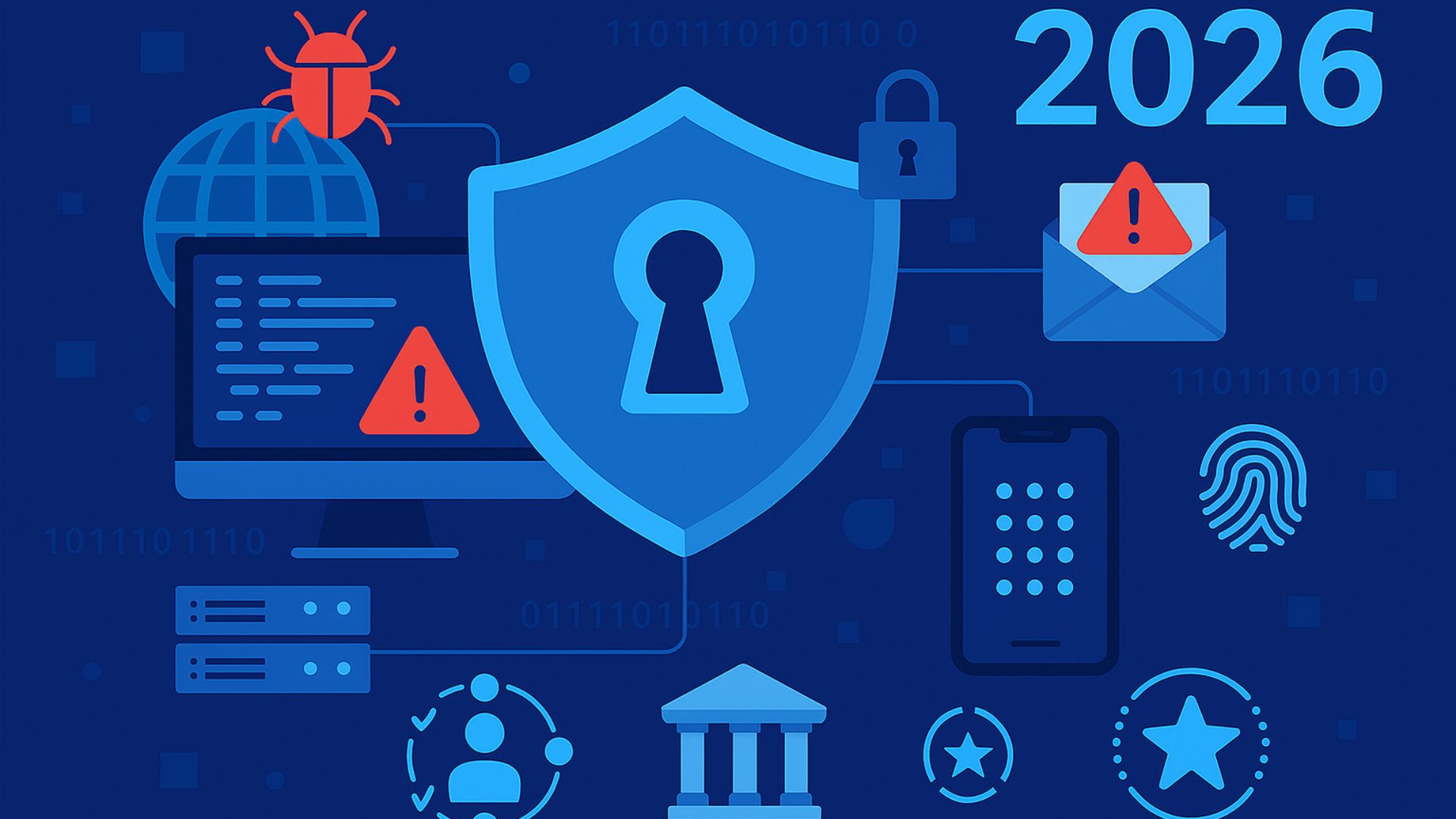ABOUT FIVE YEARS AGO, one of our senior engineers decided to leave our company for “greener pastures.” This engineer had been with us for over five years and handled the maintenance of a few key accounts. During the last week of our employee’s tenure with us, we sat down with that person to review the status of accounts, documentation, and any other details we needed to know. A few notes were shared, and passwords confirmed in our database. We thought we had what we needed. However, when we went on-site to transition the accounts under that engineer’s purview, we were blindsided by what we uncovered: incomplete projects, server rooms in substandard condition, and minimal documentation (the information apparently left with the employee instead of transferred to our database).
Does this story ring a bell for you? In the past couple of months, I’ve heard at least a handful of stories from business owners in a lurch because “trusted” employees not only left the organization but left the owner with a mess to clean up, just like we experienced several years ago.
There’s a common theme to these stories: The business owner opted to “delegate and abdicate” versus “delegate and oversee” the account. Many small business owners take the delegate-and-abdicate route because they wear so many hats and don’t want to micromanage their team. For my company, we knew our employee was smart, liked by our clients, and seemed capable of managing the accounts—at least that is what we believed. Whenever we met with that engineer to see how things were going, the updates did not reveal any imminent issues.
At the time, we believed we needed to spend more time building relationships with our team and less time meeting with our clients to see how our team was doing. This was a costly mistake in both our mindset and company procedures.
It was painful when that engineer left. We felt frustrated, a bit shocked, and embarrassed by our lack of leadership. There was a positive outcome, however: It prompted us to reboot our process and perform some disaster recovery on our own business. We took what we learned and implemented some key changes over time.
Here are 10 steps IT business owners can take to avoid being blindsided and ensure business continuity and corporate growth:
- Shift your mindset. We had been focused on building our relationships with our employees over our clients. The relationship must also be with your clients. No more excuses that you just don’t have time or don’t want to micromanage your techs. Your relationship with your techs should not come at the expense of lost credibility with your clients.
- Hire a dispatch or service coordinator. Many small MSPs do not have a central person triaging incoming support calls and monitoring the ticket queue. Rather, those tasks are left to a junior technician or whoever is in the office. In our case, we had a dispatcher, but this person was not strong, and we did not meet with that employee often enough to ensure ticket completion was running smoothly. Note: If you cannot afford to hire for this role right now, then you must assume this responsibility until you can.
- Direct all service calls to your support line. Once we hired a strong, detail-oriented dispatcher, we ended the practice of allowing our clients to call the techs directly for service issues. We wanted our dispatcher to handle schedules and ticket creation. This gave us back some control to ensure we are completing client requests in a timely manner and not leaving it up to the tech to make his/her own schedule.
- Send out client satisfaction surveys. Another way we stay in touch with our clients is to survey them when projects or tickets are complete. If we get less than five stars, our dispatcher calls the client immediately to find out where we failed to meet their needs and ask how we can make things right.
- Monitor ticket reports. We have several practices in place to monitor the ticket queue, from widgets on our dashboard to meeting daily with our techs to ask about the status of their open tickets.
- Hold weekly service project meetings. This valuable meeting is meant to provide an update on open projects and challenges occurring, and to ensure the client is kept abreast along the way.
- Randomly spot check your accounts. There is a saying: People respect what you inspect. We’ve built in time on our schedules to pop into client sites for a quick hello and spot check. We have discovered fewer and fewer issues since we instituted this practice years ago.
- Take before and after photos. Instruct employees to take pictures after a new client is onboarded, as well as both before and after a project is completed. Reviewing them with your tech will show them they’re accountable to get the job done and do it right the first time.
- Book regular quarterly business reviews. Time is tight, but there is nothing more valuable than your client feeling loved by you! A key strategy to share the love is to meet with them regularly. Ask for feedback on your company as a whole and drill down to the professionalism of your techs. You will either be happy with the feedback or discover issues that require changes. Invaluable!
- Have a speedy outgoing process. It’s crucial to have a process in place to quickly “lock out” outgoing employees from both your networks and your clients’ networks.
Of course, there are many other steps to improve your service delivery. If your senior tech left today, would you be prepared? A business owner cannot abdicate.
Where do you begin? Go back to No. 1 and adjust your mindset!
LISA SHORR is a certified advanced image consultant and owner of Shorr Success and Secure Future Tech Solutions. With more than two decades of experience in the sales and marketing arena, she conducts workshops and coaches MSPs on professional development and corporate branding.














